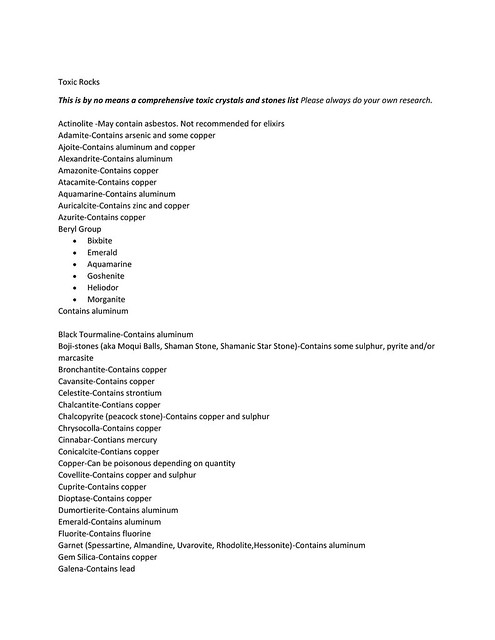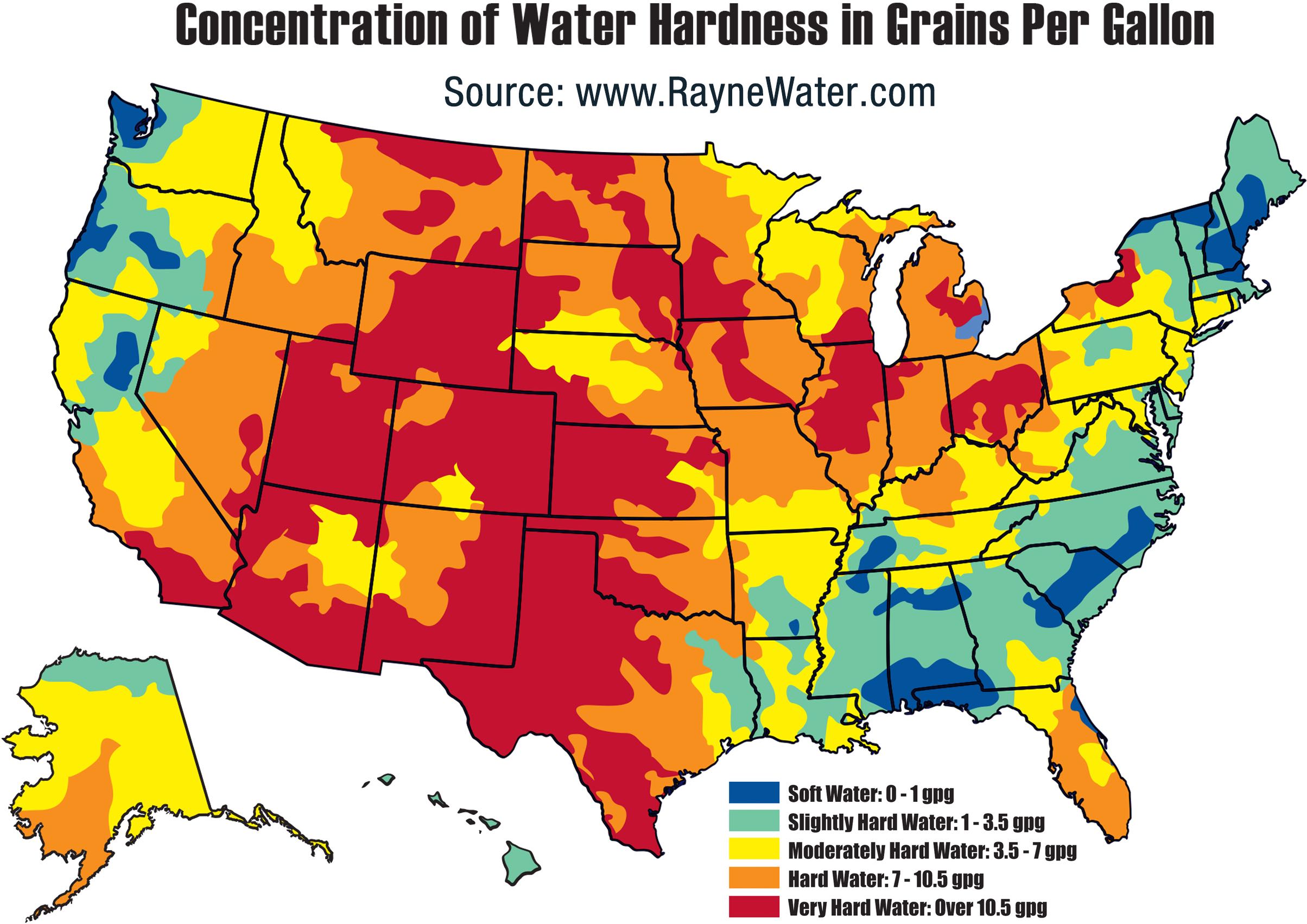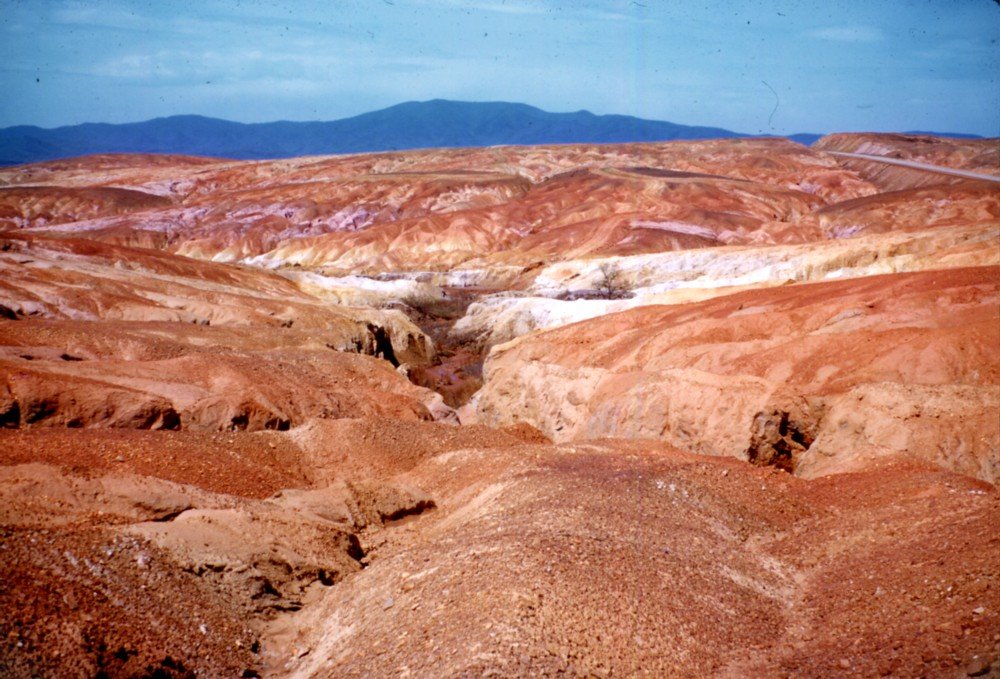|
|
Post by fernwood on May 25, 2018 9:36:22 GMT -5
I had the need to determine of certain rocks were toxic to ingest or use on skin. It is amazing how many common minerals like copper and aluminum are contained in rocks.  Toxic Rocks jpg1 Toxic Rocks jpg1  Toxic Rocks jpg2 Toxic Rocks jpg2 |
|
pizzano
Cave Dweller 
Member since February 2018
Posts: 1,390
|
Post by pizzano on May 25, 2018 10:38:21 GMT -5
Good list to have.........especially when grinding/cutting/shaping haphazardly.......without sufficient water supply and particulate respirator applications, which I've been known to do occasionally........my bad....lol
|
|
|
|
Post by vegasjames on May 25, 2018 18:00:27 GMT -5
I think the list is a bit misleading.
One problem is that they say actinolite and tremolite "may contain" asbestos. They are both asbestos.
And yes a lot of these stones contain aluminum as aluminum oxide. So do all the plants we eat. There has been no proven toxicity.
Sulfur is also found throughout the body. It is not necessarily toxic unless burned. This forms sulfur oxides that form dangerous acids.
There are others as well. Toxicity would depend n part on route of exposure and amount of contact. For example a lot of rocks also contain silica, which is an issue if large amounts are inhaled over a period of time.
|
|
|
|
Post by Rockoonz on May 25, 2018 18:31:52 GMT -5
I would agree with vegasjames that with a few notable exceptions the most hazardous thing we're exposed to in lapidary is silica. How much you want to gear up to grind rocks is a personal choice, but if you have the gear, probably just wearing it for everything is the best route. |
|
|
|
Post by mohs on May 25, 2018 20:21:11 GMT -5
Marie Curie ground pitchblende Arduous task  & separated out the elements and found a material 150 times more active than uranium polonium her notebooks are so radioactive they are locked away in lead lined safe  Uraninite |
|
|
|
Post by stardiamond on Jun 12, 2018 20:08:19 GMT -5
I've cabbed serpentine and cinnabar and was aware of the toxicity. Probably one cab each.
|
|
jamesp
Cave Dweller 
Member since October 2012
Posts: 36,602
|
Post by jamesp on Jun 13, 2018 2:41:18 GMT -5
Plants require micronutrients that are obnoxious in some forms fernwood. Clays typically are high in micros. Clays are basically dried slurry from worn rocks. Such elements are safer due to their molecular arrangement(ex. chelated form). Tumble a load of galena or native copper and a poisonous slurry no doubt. I would assume arsenic and lead is naturally occurring in the soils of for example Nevada. The nitrate pollution in surface water is from fertilizer in central US. water hardness map  lead occurrence  nitrates in shallow ground water  arsenic  |
|
jamesp
Cave Dweller 
Member since October 2012
Posts: 36,602
|
Post by jamesp on Jun 13, 2018 2:59:50 GMT -5
Plant nutrients, interesting brew. Proper ph makes these elements available to plants. Again, their molecular structure makes them safe for plants. Tumbling slurry of malachite, galena, native metals etc is likely to have deadly impact on plants and mammals. Smelting copper ore in Ducktown Tennessee sterilized soil for miles. Heating ore created suffer dioxide and sulfuric acid.  Ducktown TN, serious soil issues from suffer dioxide many years later  |
|
Fossilman
Cave Dweller 
Member since January 2009
Posts: 20,722 
|
Post by Fossilman on Jun 14, 2018 14:13:39 GMT -5
Just copied them, will hang on my shop wall...DO NOT LICK !!!
|
|
|
|
Post by mohs on Jun 14, 2018 17:51:48 GMT -5
poison hart edition  for toxic people cinnabar mostly |
|
surreality
starting to spend too much on rocks
  is picking up too many rocks at the beach again
is picking up too many rocks at the beach again
Member since January 2012
Posts: 217
|
Post by surreality on Jun 24, 2018 0:31:18 GMT -5
This was interesting to read in part because when I grew up, I'd been told for ages that where I live -- Delaware -- had one of the highest (if not the highest) concentration of arsenic in our drinking water in the US. I wonder now if that was simply anecdotal, or if it has improved since. Probably a little of both, since there are a lot of initiatives going re: the local marsh and bay ecosystem in recent years.
|
|
|
|
Post by parfive on Jun 24, 2018 2:34:54 GMT -5
|
|
|
|
Post by parfive on Jun 28, 2018 11:40:04 GMT -5
|
|
|
|
Post by mohs on Jun 28, 2018 16:44:24 GMT -5
|
|
|
|
Post by stephan on Nov 29, 2018 1:16:20 GMT -5
Utah dino bone can contain uranium, giving it beautiful color. The questions for a lot of these listings are: how much, and in what form? Or to phrase is in terms of the haz-mat world: how is toxic? And how toxic is it?
Most of these toxins are pretty bound up in silica or other matrixes, or as has been said, chelated. They are stable and not getting out easily, especially in a finished cab. Cinnabar, for instance, does contain mercury, but it isn't native or methyl mercury.
The skin is also a pretty good barrier to a lot of things. Dust could be a problem, so keep it wet. Wear a gloves and/or mask, if you think you should (but remember that, unless you're wearing it properly, it may not help as much as you think).
In the meantime, as Country Joe sang,"... ain't no time to wonder why. Whoppee we're all gonna die!" |
|
NRG
fully equipped rock polisher
  
Member since February 2018
Posts: 1,688
|
Post by NRG on Nov 30, 2018 16:14:00 GMT -5
That list comes up every year or two. Its 95% bullshit. If you research it, you will find its prepared for people ingesting powdered stones as some metaphysical homeopathy.
Not only is it prepared for completely different situation that doesnt apply to lapidary, its gramatically and chemically completely wrong. Vegasjames nails it with the aluminum, sulphur and others. But consider serpentine. Serpentine is not “toxic” and has zero businesss being on a “toxic stones” list.if you swallow serpentine absolutely nothing will happen except for possible constipation.....
Interestingly, it lists “beryl group” as toxic due to aluminum content. It completely ignores the fact beryllium is actually potentially toxic. Lol
Oddly, the list perparer seems to have an ax to grind with aluminum. I am curious if they drink from soda cans?
|
|
|
|
Post by greig on Nov 30, 2018 19:06:05 GMT -5
Still, it is a good idea to use water when you cut or polish any rock to keep the dust down and wash your hands afterwards. There is the potential for nasty stuff to get into your system by breathing or eating it.
|
|
|
|
Post by 1dave on Dec 20, 2018 11:20:43 GMT -5
I've looked at rocks from up and down . . .  |
|
|
|
Post by stephan on Dec 20, 2018 23:23:37 GMT -5
That list comes up every year or two. Its 95% bullshit. If you research it, you will find its prepared for people ingesting powdered stones as some metaphysical homeopathy. Not only is it prepared for completely different situation that doesnt apply to lapidary, its gramatically and chemically completely wrong. Vegasjames nails it with the aluminum, sulphur and others. But consider serpentine. Serpentine is not “toxic” and has zero businesss being on a “toxic stones” list.if you swallow serpentine absolutely nothing will happen except for possible constipation..... Interestingly, it lists “beryl group” as toxic due to aluminum content. It completely ignores the fact beryllium is actually potentially toxic. Lol Oddly, the list perparer seems to have an ax to grind with aluminum. I am curious if they drink from soda cans? Well, that puts it into perspective, a little. Ingesting powdered stones? And here I am dumping my swarf into the landscaping. I think we have a missed business opportunity.... As for serpentine -- a great example of how complicated this toxicity thing is. Non-toxic, as you say, yet when it weathers, the nickel in it becomes toxic to most plants. That's why very few plants grow in those soils. Yet California pitcher plants won't grow anywhere except for a serpentine bog. |
|